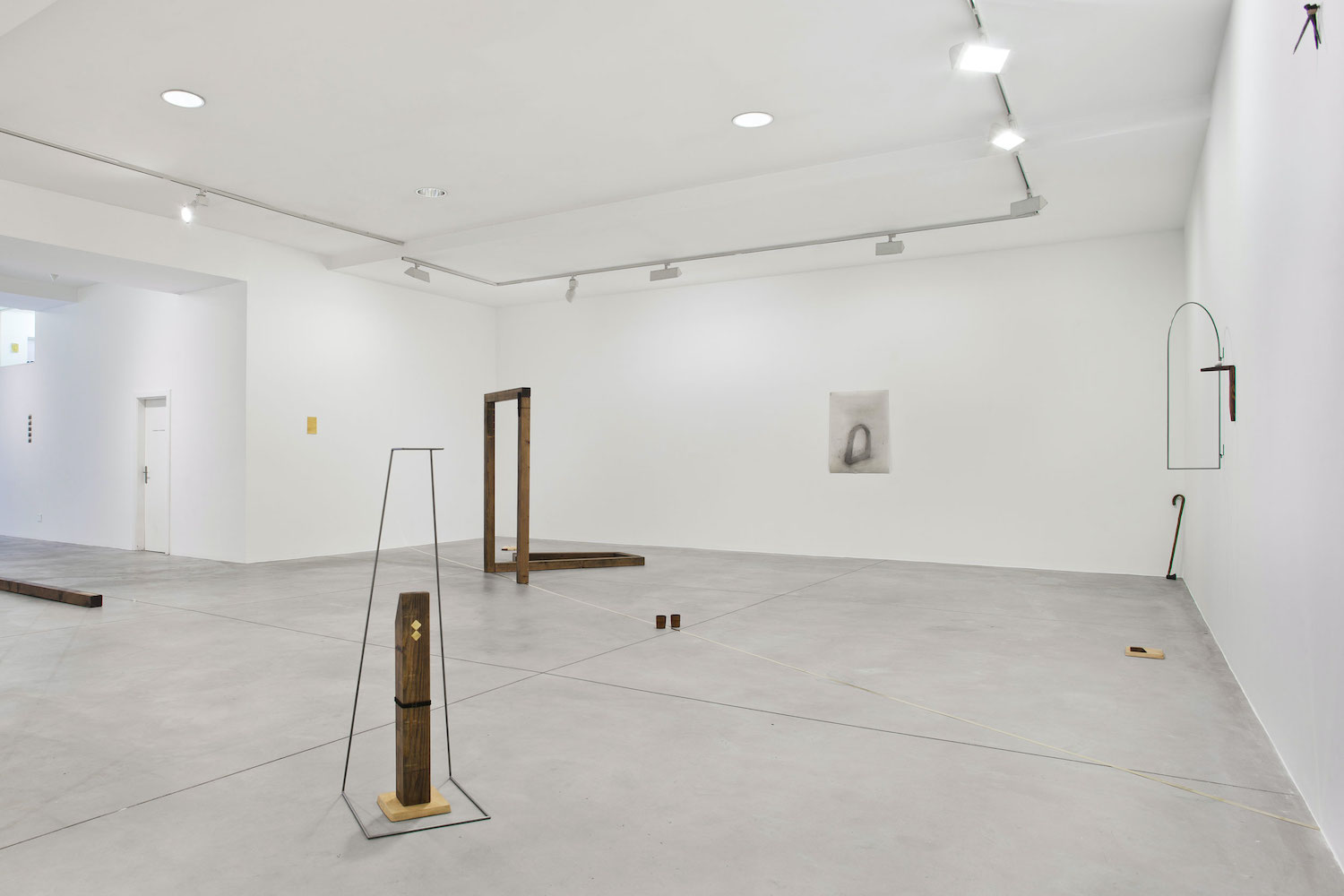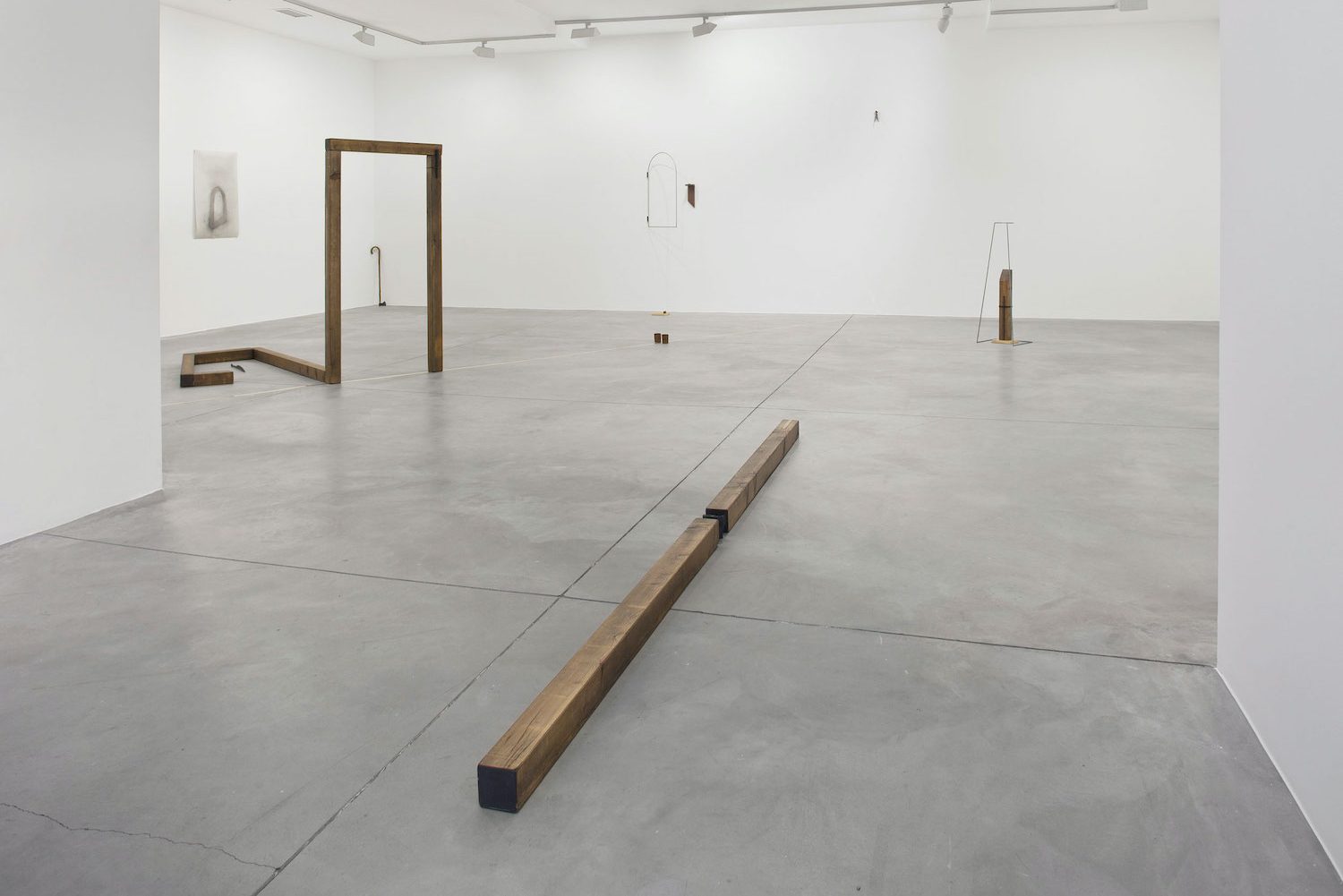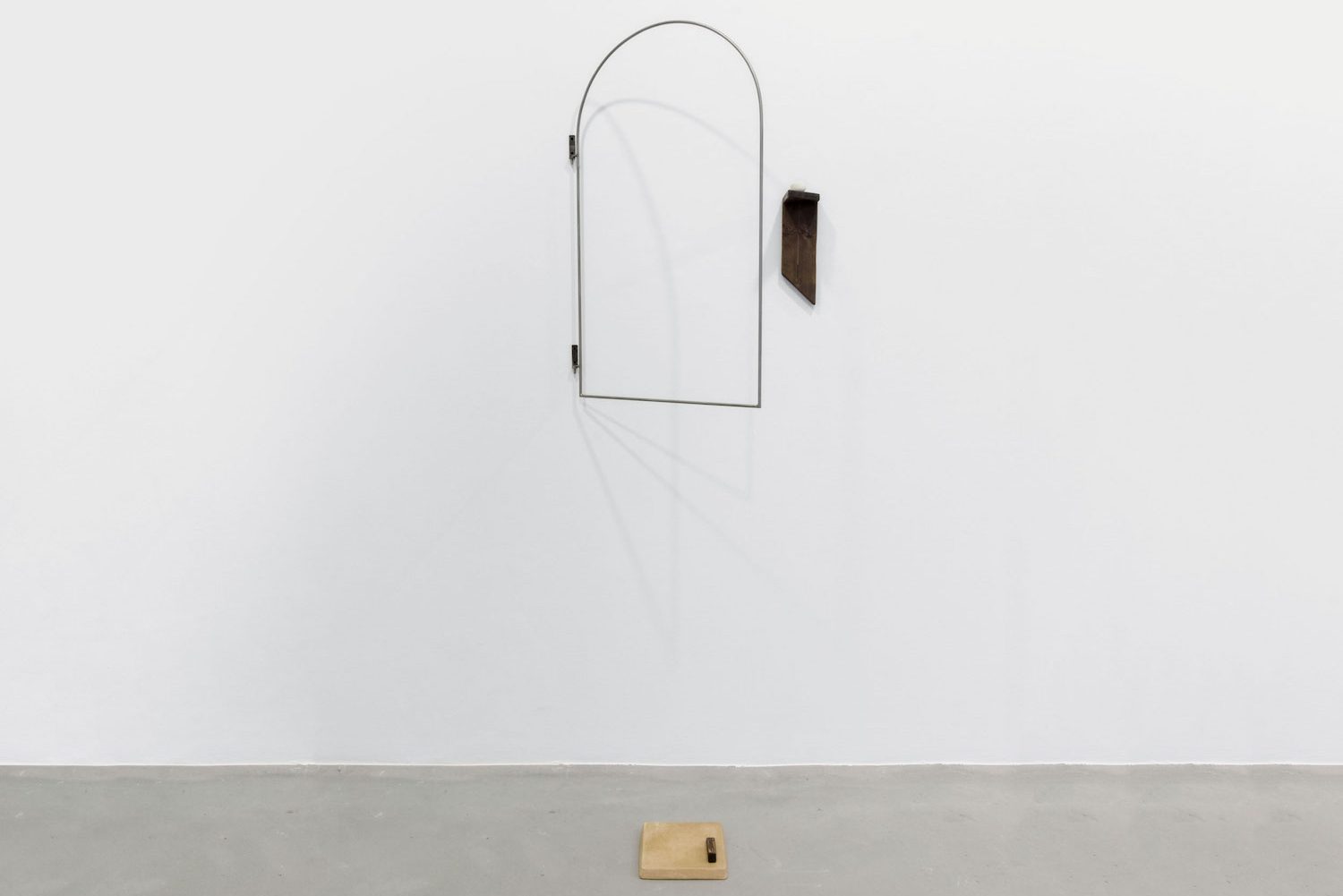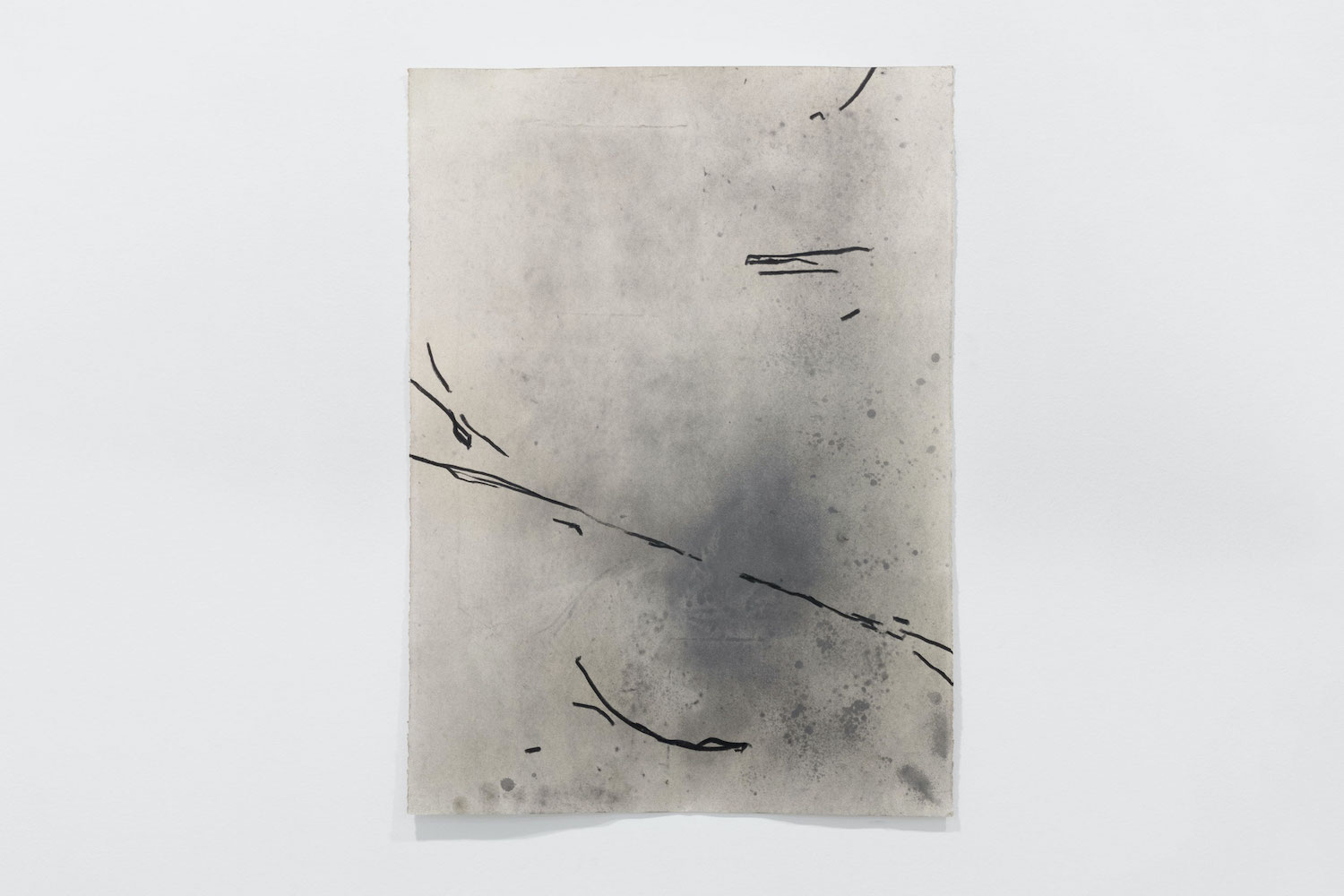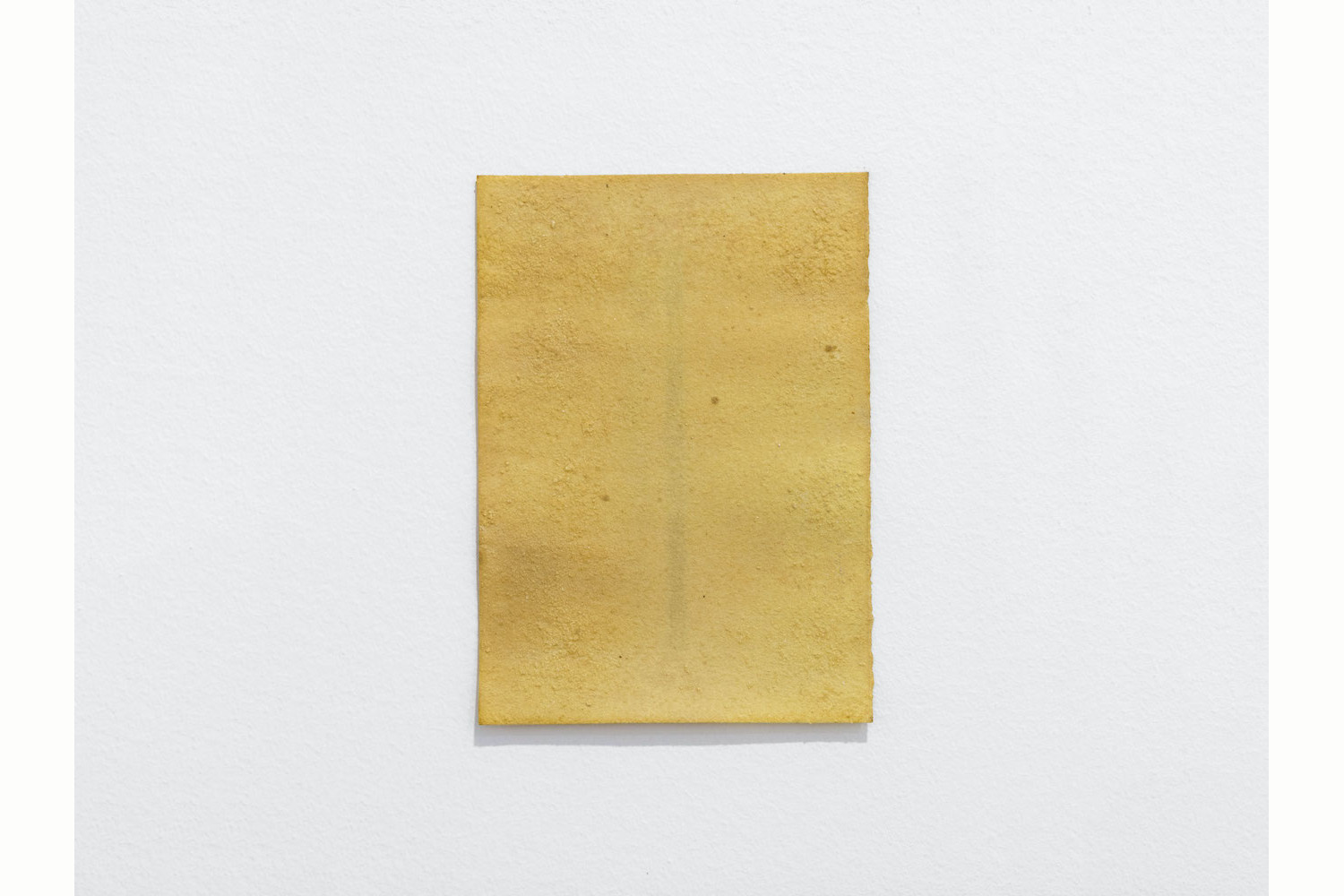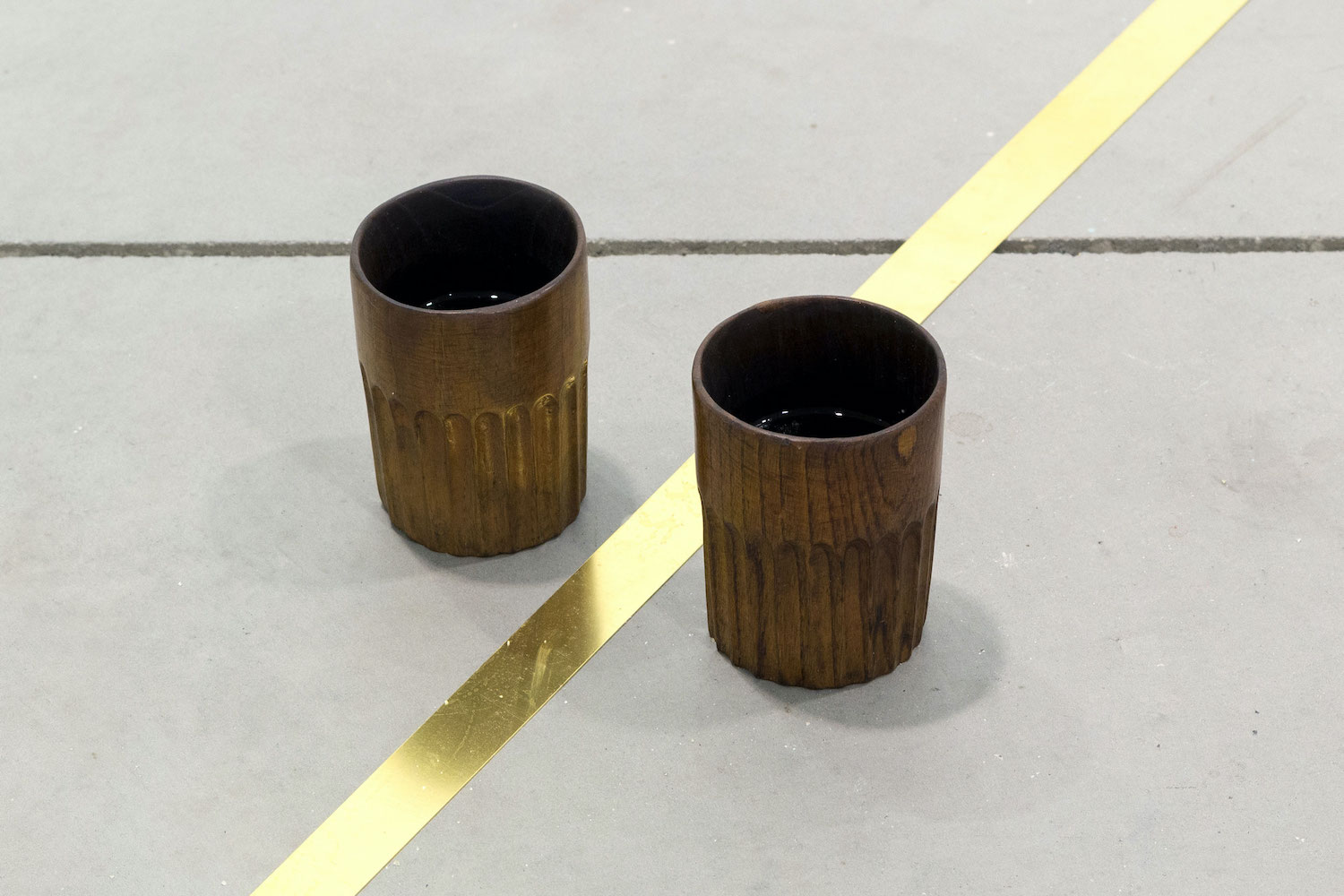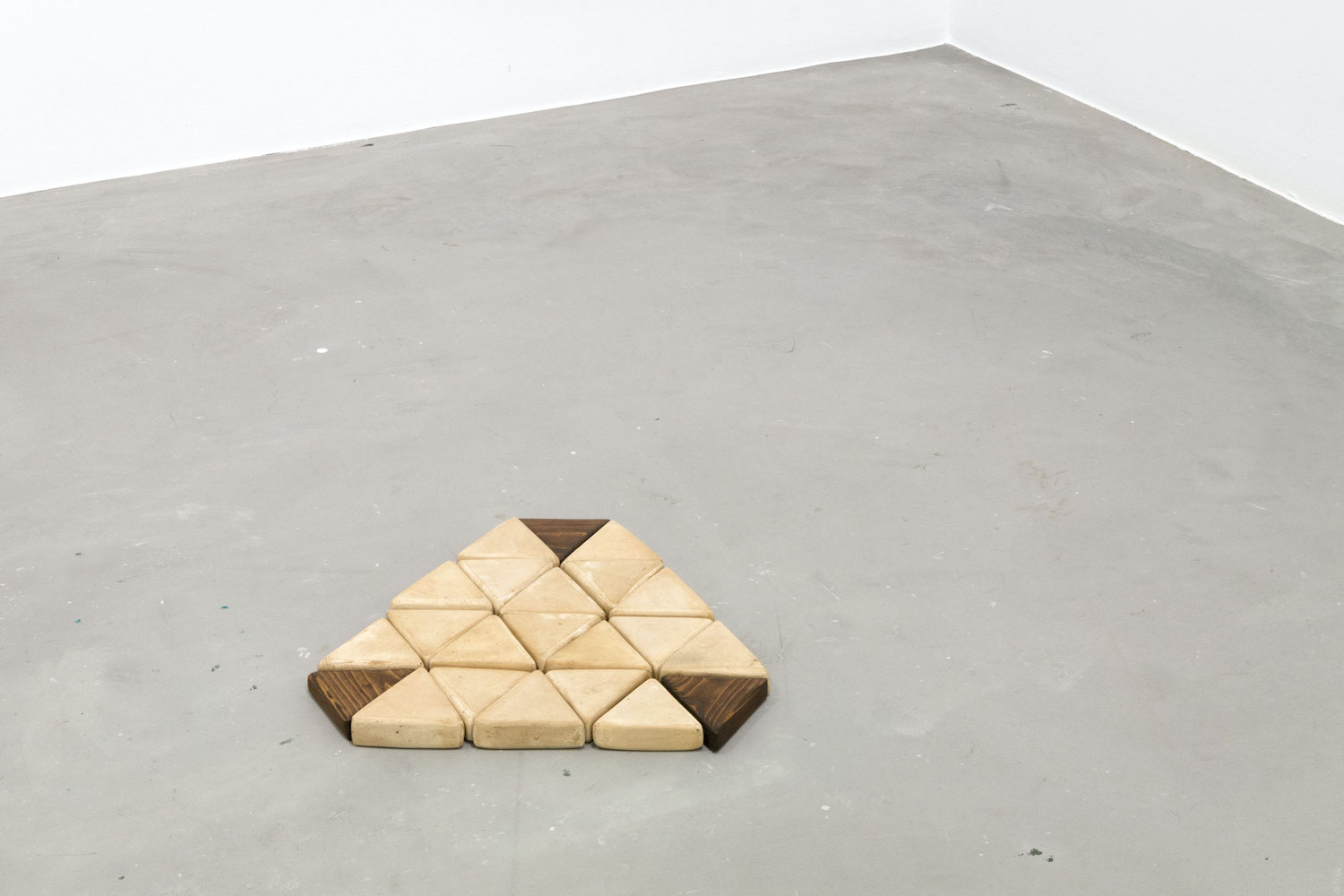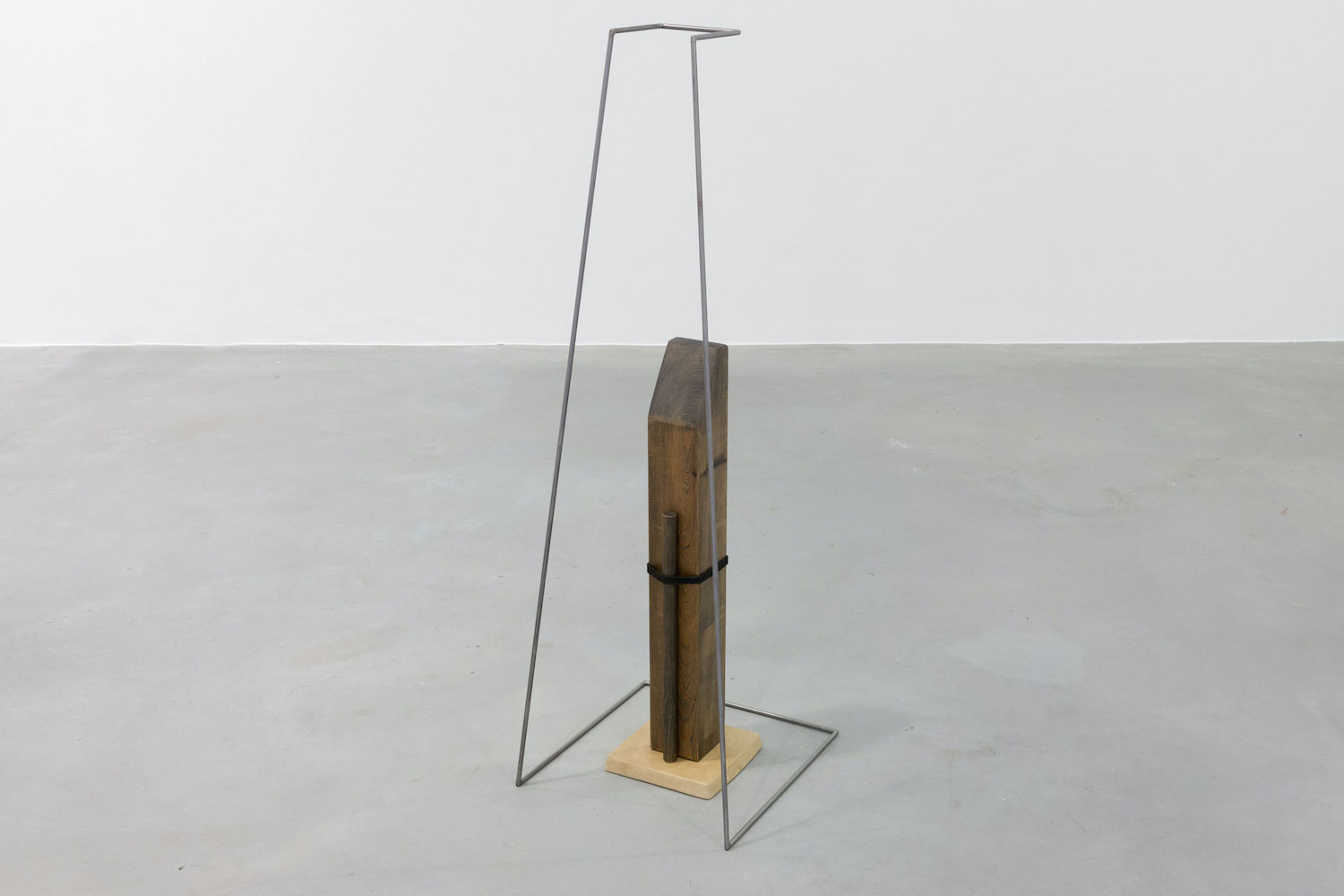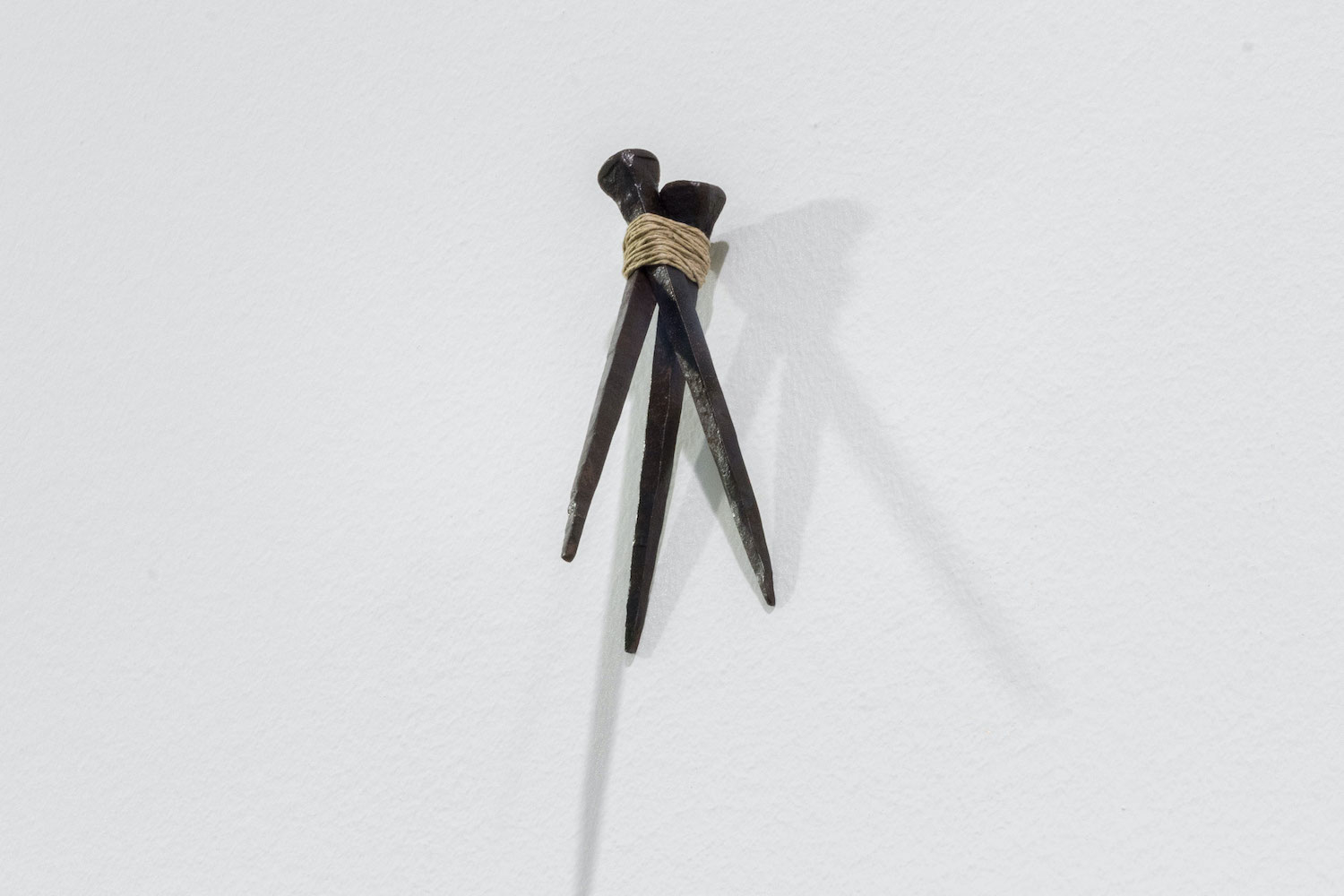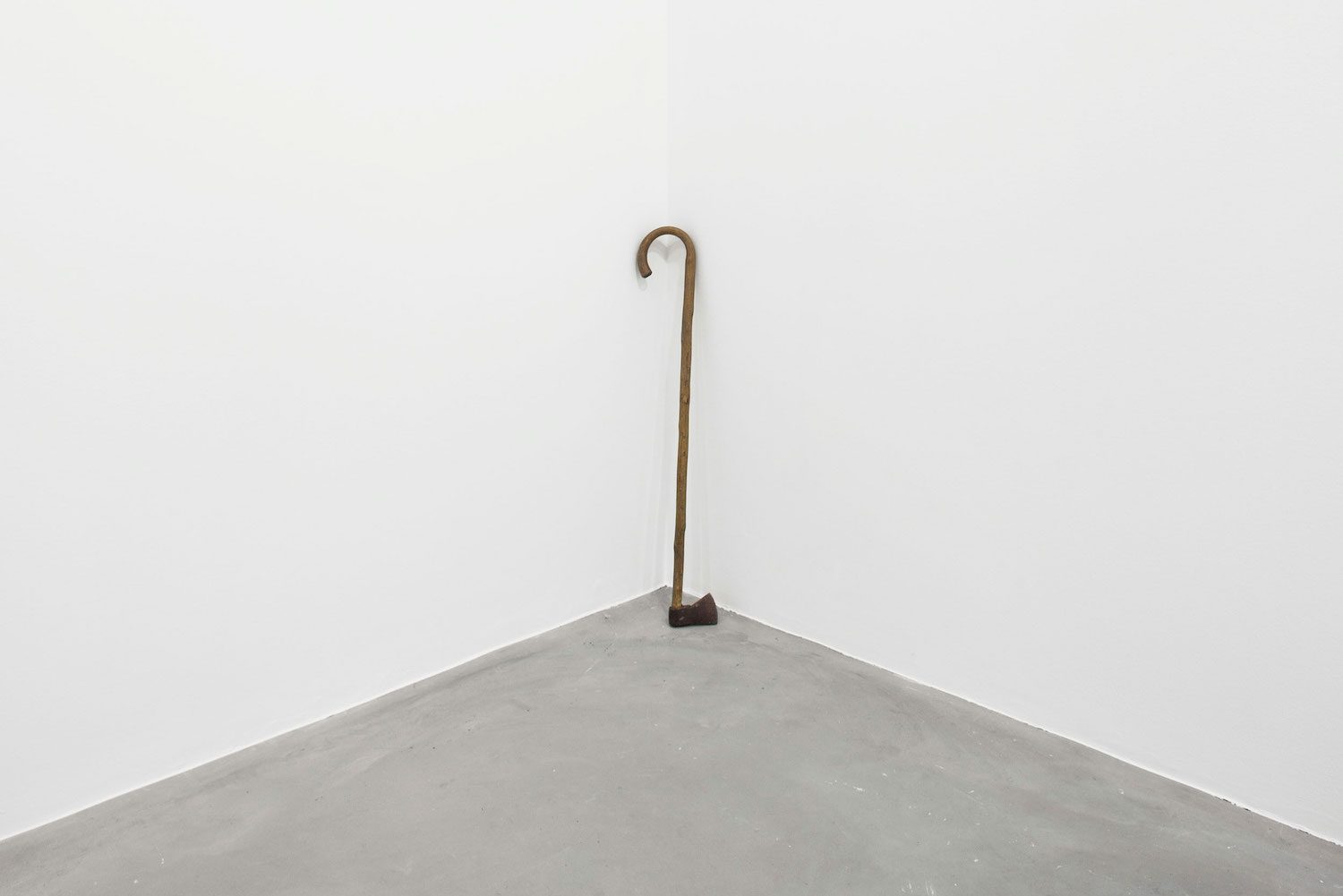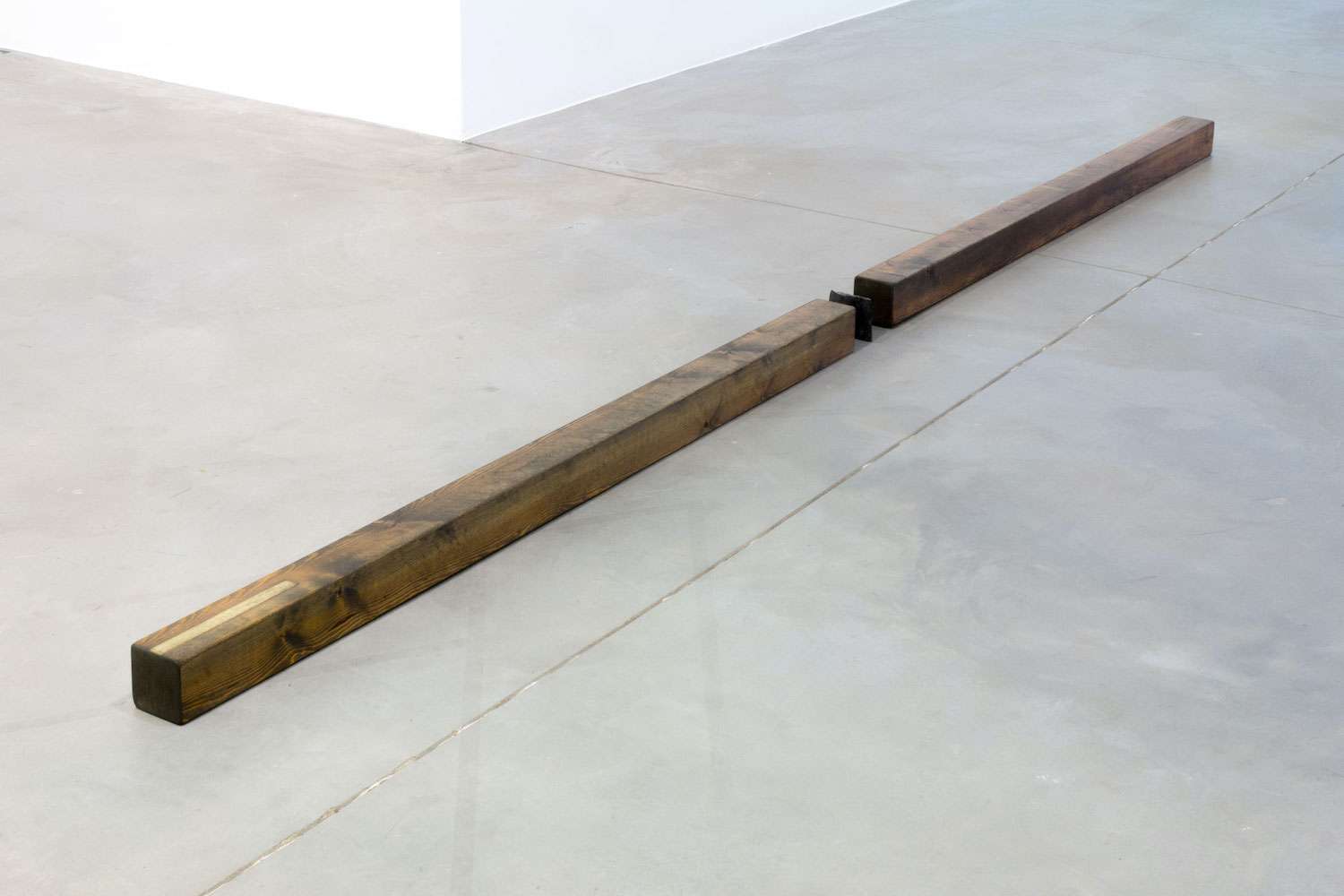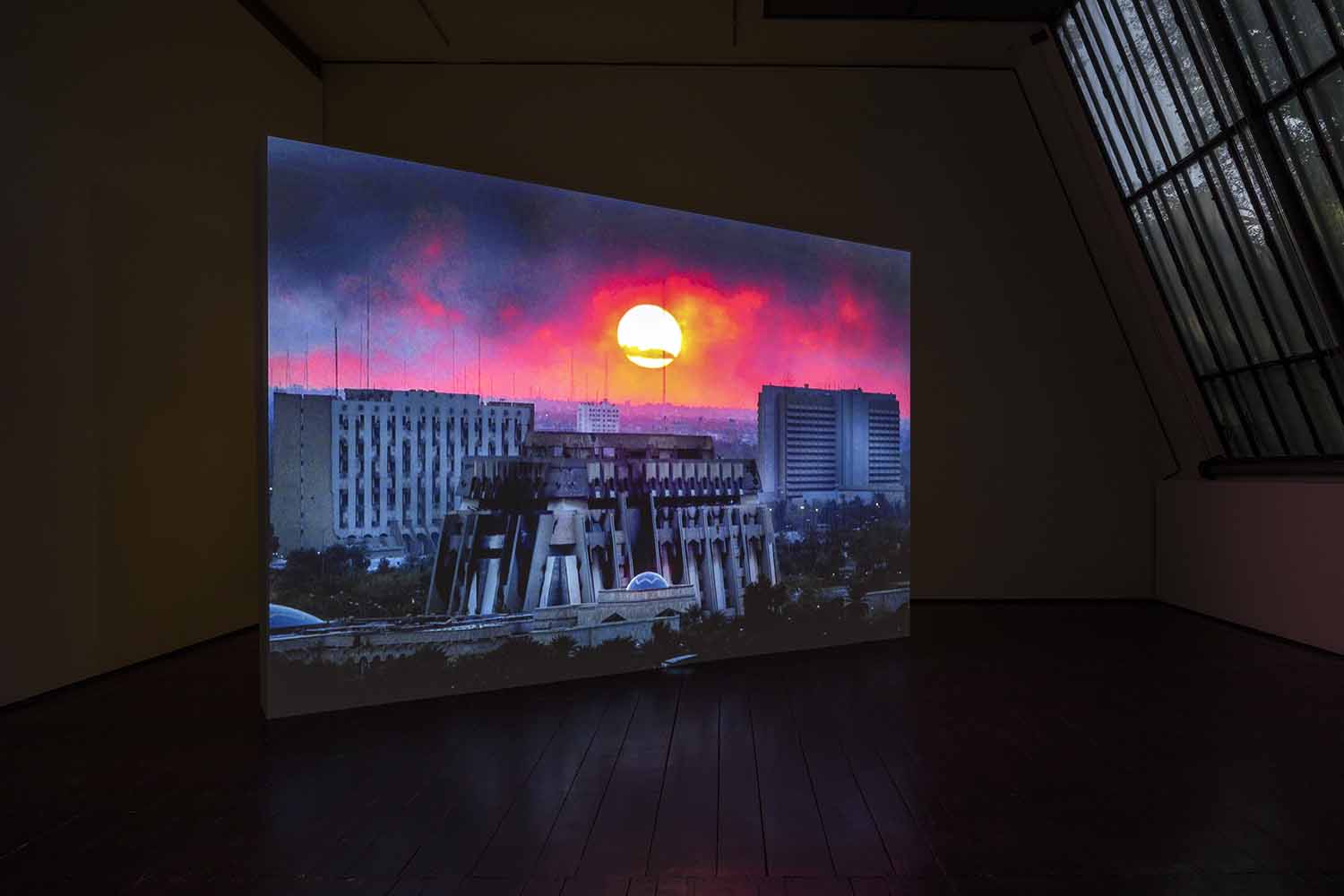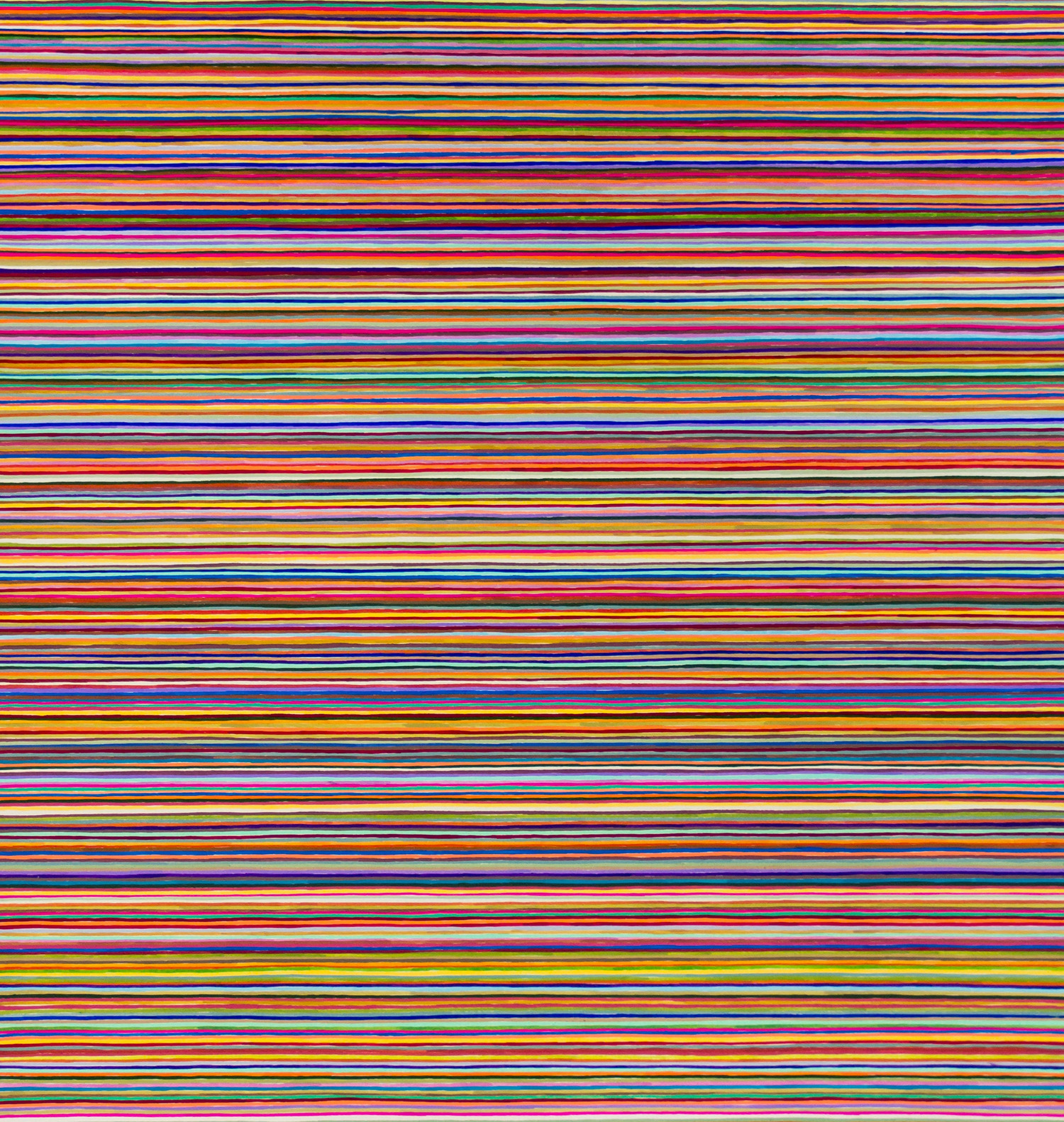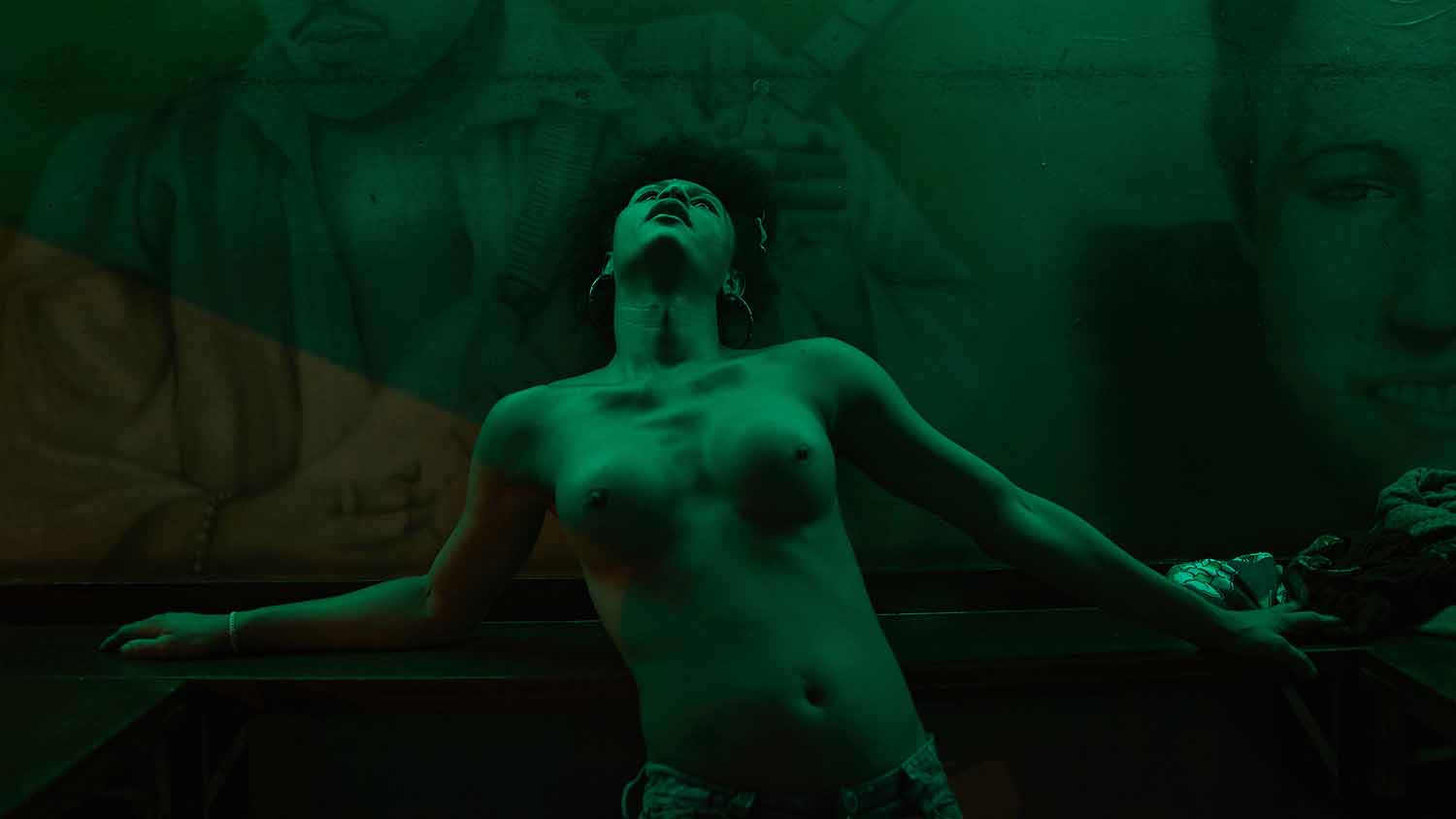If, in a certain place, houses are made one way and barns are made another, there is a reason for this. Shapes are not self-perpetuating. What is considered vernacular (something typical of a place) comes as a result of meticulous and collective investigations by unknown authors. Anonymity is common in popular creations, but lack of authorship is compensated for by the importance of the contribution. After all, that which resists time is what future generations will be built upon.
Christian García Bello (Coruña, 1986) takes into consideration the details that define the place where he lives; these elements appear in his artworks in a refined and synthetic yet clearly visible way. The title of the exhibition, “Pongo mi pie desnudo en el umbral!” (I put my bare foot on the threshold), is from a verse by poet José Ángel Valente (the umbral, threshold, is both entrance and exit). The artist has based his most recent aesthetic research on a fictitious journey starting from Antwerp and ending in a town at the very south of Galicia. The exhibition is accompanied by a small publication reporting the alleged discovery of a pilgrim’s diary from the beginning of the modern era. The text abounds with travel literature clichés, and even though the viewer might find it useful for orientation, it ends up, in my opinion, distracting in its unnecessary lyricism.
The exhibition is structured around a brass meridian that crosses the room, symbolically and materially marking a border both sharp and arbitrary. Protestantism and Central Europe are on one side, Catholicism and Galicia are on the other. In between, a doorway, titled like the exhibition, is made of quadrangular wooden beams extended horizontally and vertically, unifying both the door and its shadow in a material continuum. The sense of a “drawing made without lifting the pencil from the paper” is evident in other works too: in Threshold (What Falls) (2017–20) we see the shape of a niche almost collapsing; or in Se pisa, arde y se eleva (It gets stepped on, burns and rises, 2020), a metallic structure resembling a chimney with a wooden totem inside, upon which two brass plates simulate the spark of fire.
It is interesting how metaphors for fire (which heats a home) and smoke (which leaves a fireplace and flies away) resonate throughout the exhibition. Some pieces are anchored to the ground (Penada, 2020, is a kneeling stool; Limen, 2017, is made from two supine beams) while others seem to lift upward. A través, se prolonga (2020) is an iron-built window framing a white pebble. With this piece, which hints at the concept of the artwork as a window, we begin a journey across the horizon of the exhibition: the series “Las vísperas,” LH (Las holandas), and Que le di a la caza alcance (all 2020). These works on paper bring out the semantic importance of materials in García Bello’s research (Jerez brandy, shredded shells, graphite, sea salt, pine resin, Mencía wine, wax, etc.). Finally, viewers can raise their eyes to Reunion (2020), a bundle of three nails hanging high like a crucifix and marking the vanishing point of the exhibition.
Each piece refers to the next, giving one the feeling of being gently guided on a journey. Achieving a remarkable coherence in terms of discursive, formal, and material composition, the exhibition radiates warmth despite its apparent minimalism. As the viewer digs in, they confront the artist’s deep knowledge of references and materials. Every synthesis requires erudition; the rest is imposture.

